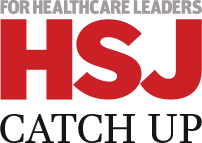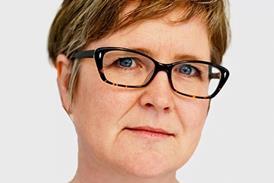I read a Harvard Business Review article a few months ago about leadership in a (permanent) crisis.
Whilst the article was predominantly about the economic crisis, I found myself thinking about the parallels with healthcare, and it seems timely to talk about it.
There are a number of parallels in the article, but for me the two key areas to consider are ‘crisis leadership’ and the concept of ‘embracing disequilibrium’.
I’m not a fan of the word ‘crisis’, mainly because people use it inappropriately. I looked it up and the best definition is ‘a condition of instability or danger, as in social, economic, political, or international affairs, leading to a decisive change’.
When I was a General Manager, I would frequently hear about some crisis or other; firstly these were not crises in the true sense of the word and secondly I suspect many of the alleged crises were self-induced by poor management in the first place.
Back to the article.The two phases in crisis leadership are the emergency phase and the adaptive phase. In the emergency phase, the situation, whatever it is, is stabilised quickly to buy time. In the adaptive phase, the underlying cause(s) of the crisis are addressed and acted upon to ensure sustainable change is made so that the crisis is not repeated.
We tend to do the emergency phase in the NHS; I can think of many examples where a crisis has been averted, time has been bought but the underlying causes are either not addressed at all or addressed in a half hearted way. There are reasons for addressing the emergency phase only; exploring the underlying cause means uncovering stones and this can be difficult, time consuming and quite overwhelming as generally things get worse before they get better. So we generally don’t do it, we get out the sticky plaster and hope the wound doesn’t weep or bleed.
People react to crises in different ways; some people take responsibility for their part in the crisis whilst others look for someone to blame. Managing one’s own anxieties when under pressure is vital as how you manage your own emotions will have a direct impact on others. Much of the time the negative impact of emotions on others is unintentional and simply not considered by the individual, in a crisis people can be consumed by their own emotions. Sometimes however, the impact is intentional.
Embracing disequilibrium is essentially embracing an unstable situation to get the best from it, with the view that without some degree of urgency difficult change becomes less likely. The opposite is also true, if people feel too much pressure they often either fight, flight or sometimes freeze. When there is disequilibrium the leadership skill is managing the inevitable conflict and confusion so that the challenge and outcome is productive rather than disruptive.
I have experience of observing and being involved in both productive and disruptive situations. It would be misleading to suggest disruptive challenge doesn’t happen because it does and it can be negatively significant for organisations, teams and individuals. The article discusses the delicate task of keeping organisations in a ‘productive zone of disequilibrium’ and suggests that people do not feel the need to make difficult decisions or ask difficult questions if the heat is consistently on low. This feels right. If the heat is turned up though and people panic or change course in a turbulent environment conflict naturally arises. To maintain the right level of disequilibrium this conflict must be depersonalised which can be achieved by focusing on the issues rather than the people involved, this does not always happen and this can be very difficult.
Now is the time to ensure the heat is set right. We need to make difficult decisions, we need to depersonalise these difficult decisions but we do need to make them. Hiefetz, Grashow and Linsky in The Practice of Adaptive Leadership, 2009 say ‘keep your hand on the thermostat. If the heat’s too low, people won’t make difficult decisions. If it’s too high, they might panic’. It is important to maintain the temperature just right – heat high enough for people to have difficult conversations and make difficult decisions but not so high that they are paralysed into a state of fear.
Easy to say and write about, much harder to achieve, particularly at the moment.
























No comments yet